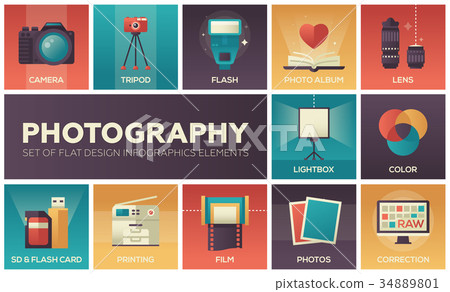Digital Photography Tips For Beginners: Understanding Your Video Camera In No Time
Digital Photography Tips For Beginners: Understanding Your Video Camera In No Time
Blog Article
Material Writer-Whitley Ploug
When you first get your electronic camera, it can feel overwhelming with all the setups and options available. You could find yourself asking yourself just how to browse aperture, shutter rate, and ISO successfully. Grasping these basics is essential, however there's more to photography than simply technical knowledge. Comprehending composition techniques and illumination problems can raise your photos substantially. So, suppose you could learn easy strategies to improve your abilities and start capturing outstanding photos faster than you assume? Allow's discover exactly how to transform your digital photography journey.
Comprehending Camera Settings
Understanding your electronic camera setups is essential for recording stunning pictures. When you grab your video camera, familiarize on your own with the three major settings: aperture, shutter speed, and ISO. Read More In this article plays a crucial role in exactly how your pictures end up.
Beginning with aperture, which controls the quantity of light getting in the lens. A broader aperture (lower f-number) allows extra light and develops a gorgeous history blur, perfect for portraits. On the other hand, a narrower aperture (higher f-number) maintains more of the scene in emphasis, perfect for landscapes.
Next off, concentrate on shutter rate. This setup identifies how much time your camera's sensor is revealed to light. A quick shutter rate ices up movement, which is terrific for action shots, while a sluggish shutter speed can create stunning impacts like smooth water in landscapes.
Lastly, readjust your ISO. This setup impacts your cam's sensitivity to light. A higher ISO is useful in low-light situations but can introduce sound or grain. Go for the most affordable ISO feasible while still attaining proper direct exposure.
Structure Strategies
When you're out capturing, structure can make all the difference in how your photos resonate with viewers. Start by using the rule of thirds; picture your structure separated into nine equal sections with two straight and 2 vertical lines. Position crucial elements along these lines or at their intersections to develop equilibrium and passion.
Next, consider leading https://blogfreely.net/louanne66louetta/typical-errors-new-photographers-make-and-exactly-how-to-prevent-them . These all-natural lines in your scene, like roads or rivers, attract the customer's eye into the photograph, leading them through the story you're telling.
Don't ignore framing; usage aspects within your scene, like trees or home windows, to create a framework around your topic, adding depth and emphasis.
Also, watch on your background. A chaotic history can sidetrack from your major subject, while a straightforward one aids it stick out.
Last but not least, try out balance and patterns; they can create a striking photo that records interest.
Learning Lighting Conditions
Mastering lights conditions is crucial for recording magnificent photographs, as the best light can change a normal scene into something phenomenal.
Beginning by observing natural light at various times of the day. Early mornings and late afternoons supply the most effective light, called the gold hour. The soft, warm tones throughout these times can enhance your images beautifully.
Don't avoid cloudy days either; diffused light can reduce rough shadows and produce a pleasing result, especially for portraits.
Try out backlighting by positioning your topic against the light source. This technique can create a dreamy halo result and include depth to your pictures.
Take notice of your video camera setups also. Change the ISO, aperture, and shutter rate to fit the illumination problems. A higher ISO can assist in reduced light, however beware of grain.
Make use of a tripod in darker environments to stay clear of blur.
Last but not least, don't forget fabricated illumination. Flash and continual lights can be fantastic devices for regulating light in tough problems.
Final thought
To conclude, understanding your cam does not have to be frustrating. By recognizing your setups, applying structure strategies, and harnessing the power of all-natural light, you'll swiftly elevate your digital photography skills. Bear in mind, exercise makes best, so go out there and experiment with your newfound knowledge. With time and dedication, you'll be recording magnificent photos that mirror your unique viewpoint. Delight in the journey, and don't neglect to have a good time while you go to it!
